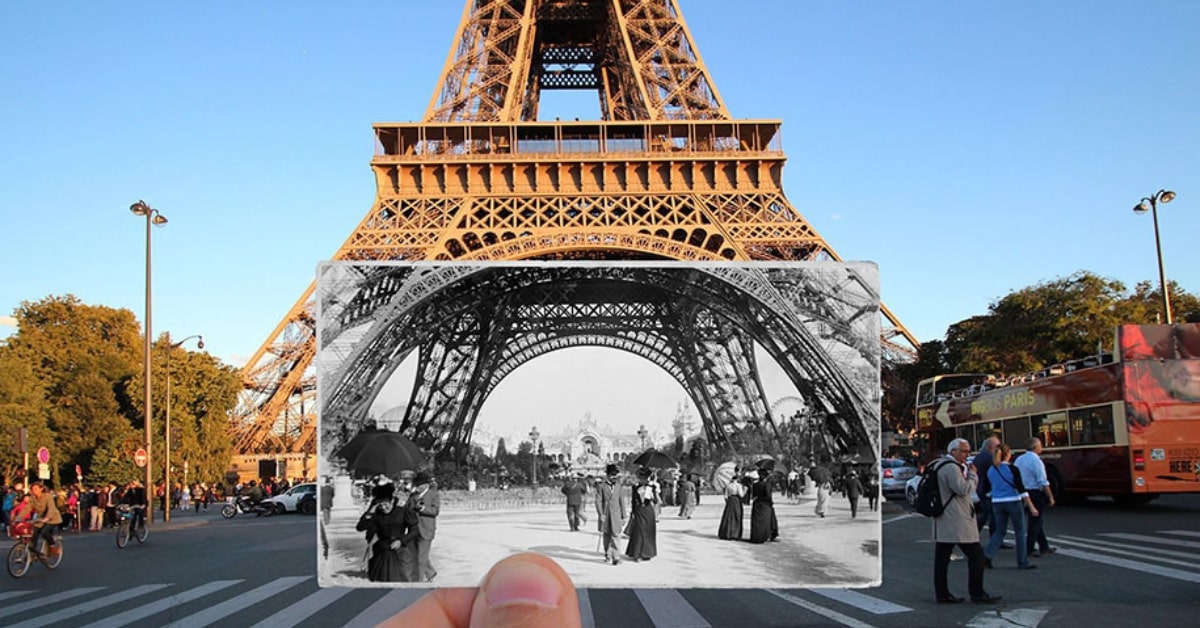Photography, as a medium, has undergone remarkable evolution from its inception to the present day. The intersection of past and present photography offers a fascinating glimpse into how technology, culture, and artistic expression have shaped this captivating art form. In this article, we’ll embark on a journey through time, exploring the rich tapestry of past and present photography.
Evolution of Photography
- Early Beginnings: The roots of photography can be traced back to the early 19th century, with the invention of the camera obscura and the pioneering work of figures like Joseph Nicéphore Niépce and Louis Daguerre. These early experiments laid the foundation for the development of photographic processes.
- Analog Era: The 20th century saw significant advancements in photographic technology, from the invention of the roll film by George Eastman to the widespread adoption of 35mm cameras. Analog photography reigned supreme for decades, with black-and-white and color film becoming staples of artistic expression.
- Digital Revolution: The advent of digital photography in the late 20th century revolutionized the medium, offering photographers unprecedented control and flexibility. Digital cameras, image editing software, and online sharing platforms democratized photography, making it more accessible to a global audience.
- Present Day: In the digital age, photography has become ubiquitous, with billions of images captured and shared every day. From smartphone snapshots to high-end professional work, the possibilities are endless. Emerging technologies like artificial intelligence and virtual reality continue to push the boundaries of what’s possible in photography.
Intersection of Past and Present
- Analog Revival: Despite the dominance of digital photography, there has been a resurgence of interest in analog processes. Many photographers are rediscovering the beauty and authenticity of film, drawn to its unique aesthetic and tangible qualities.
- Hybrid Approaches: Some photographers are blending analog and digital techniques, combining the best of both worlds to create stunning visual narratives. This hybrid approach allows for experimentation and creativity while honoring the traditions of the past.
- Cultural Reflection: Photography serves as a mirror reflecting the cultural zeitgeist of its time. By studying images from the past alongside contemporary works, we gain insight into societal values, trends, and perspectives across different eras.
FAQs
What are the main differences between analog and digital photography?
Analog photography uses film to capture images, which are then developed in a darkroom. Digital photography involves capturing images with electronic sensors and storing them digitally for editing and sharing.
How has digital photography changed the landscape of photography?
Digital photography has democratized the medium, making it more accessible and affordable for aspiring photographers. It has also facilitated instant sharing and editing of images, revolutionizing the way we create and consume photography.
Are there benefits to shooting with film in the digital age?
Yes, shooting with film offers a unique aesthetic and tactile experience that digital photography cannot replicate.
How can I preserve old photographs for future generations?
Store old photographs in acid-free archival sleeves or albums, away from direct sunlight and extreme temperatures.
Conclusion
Past and present photography intertwine to form a rich tapestry of artistic expression, technological innovation, and cultural reflection. By examining the evolution of photography from its early beginnings to the digital age, we gain a deeper appreciation for the medium’s enduring legacy and limitless potential. Whether embracing analog traditions or pushing the boundaries of digital innovation, photographers continue to shape the narrative of our visual history, bridging the gap between past and present with each shutter click.
This page was last edited on 28 February 2024, at 4:13 pm
